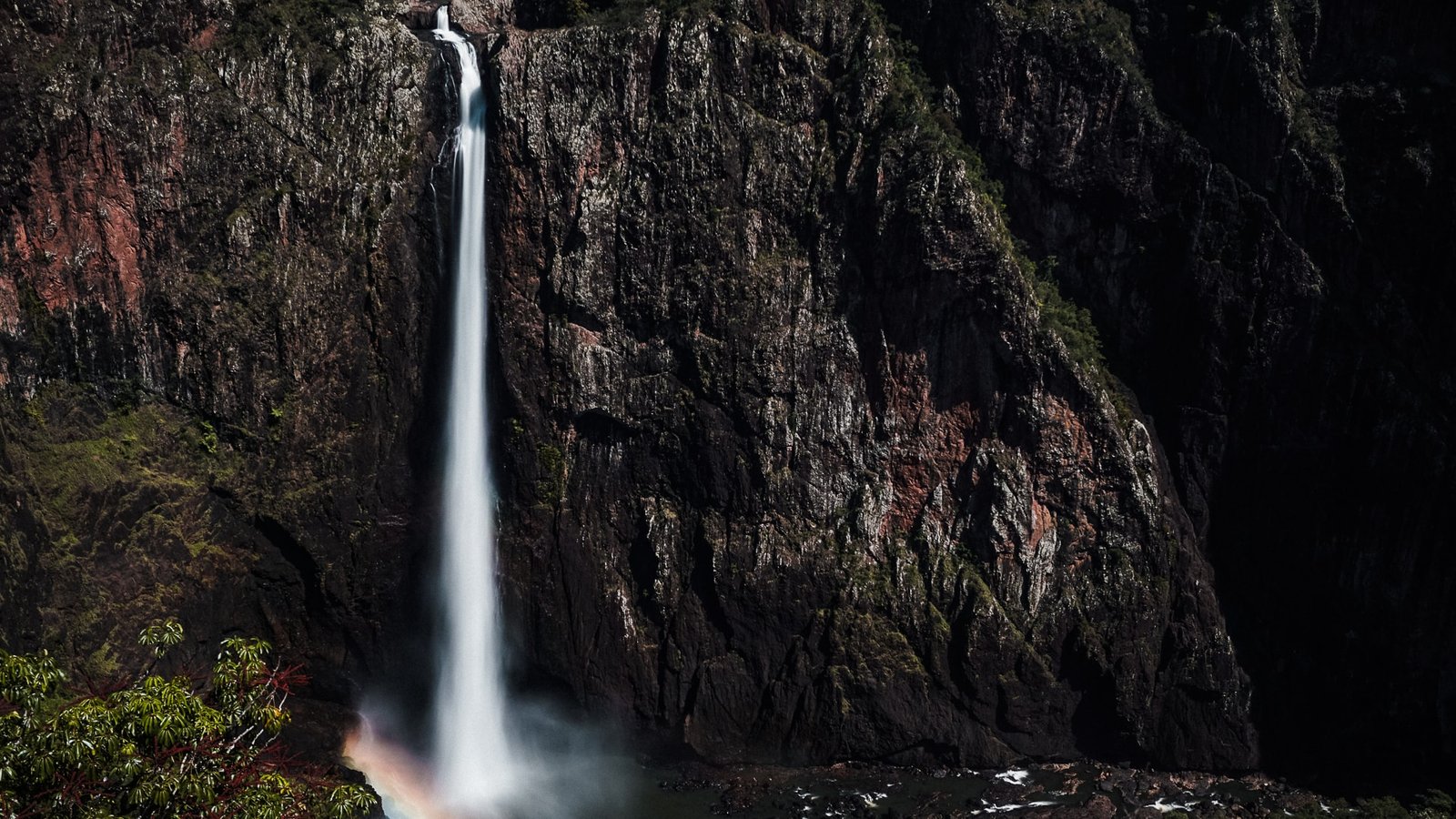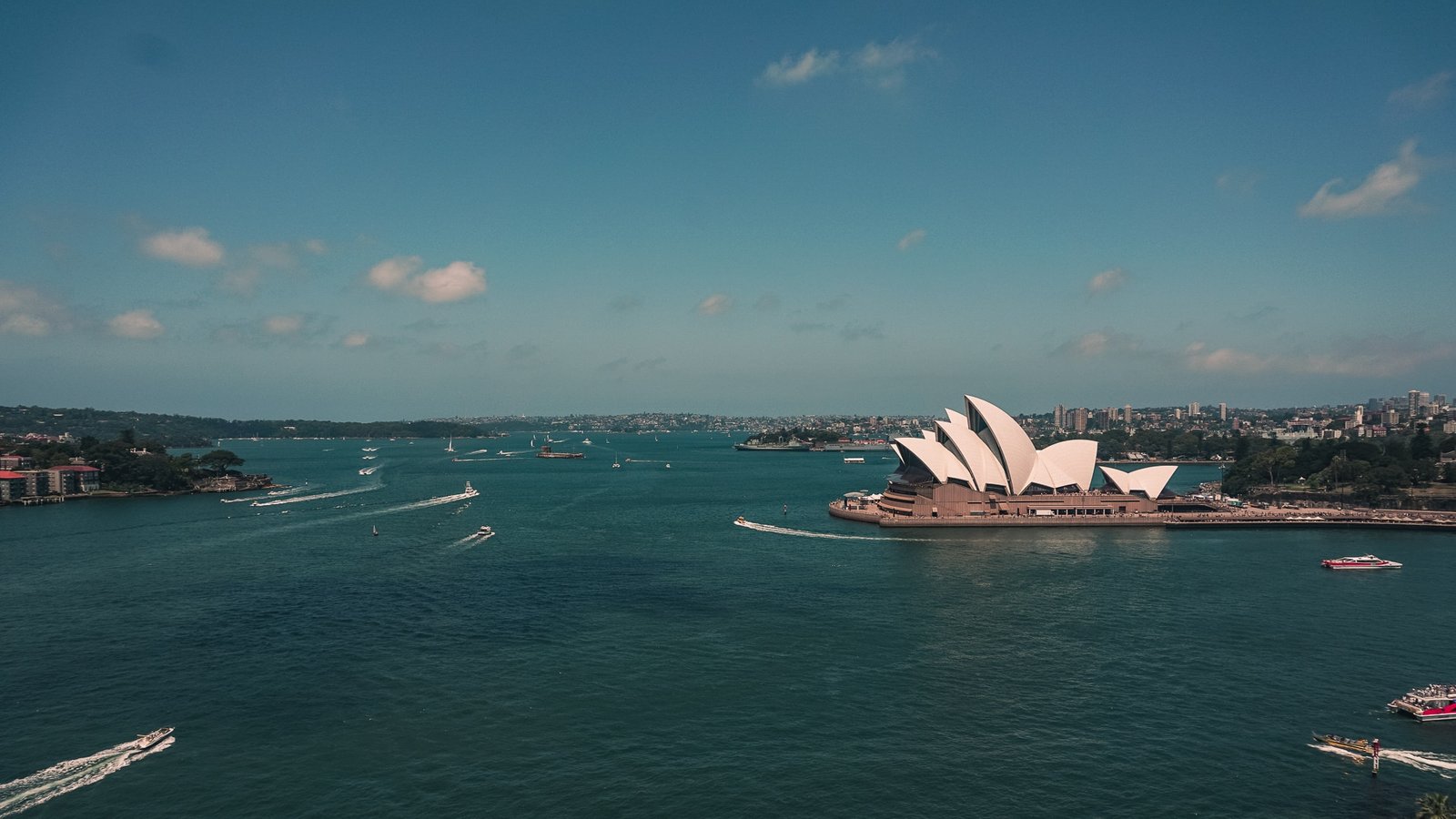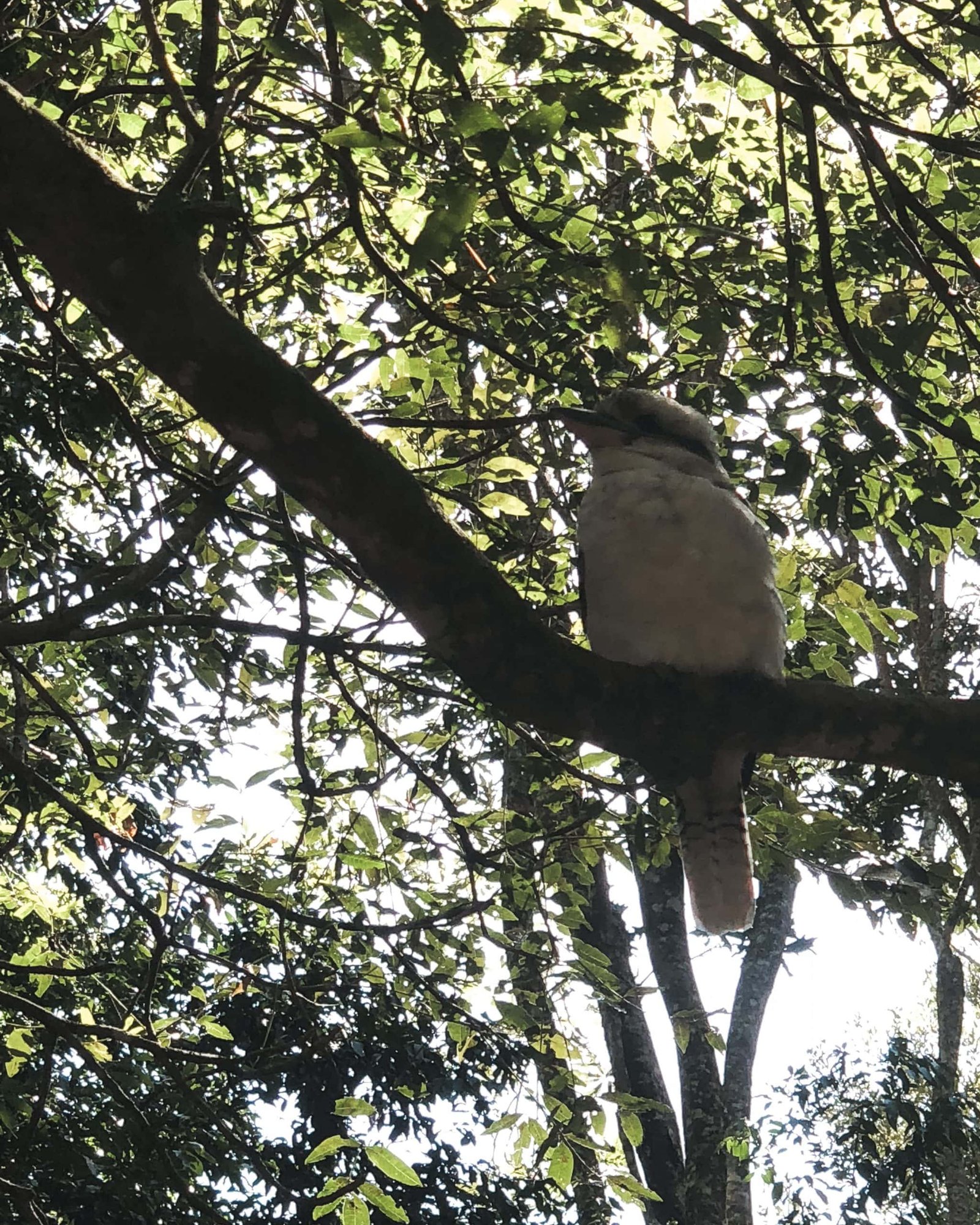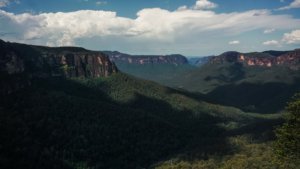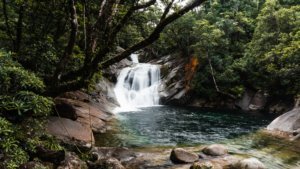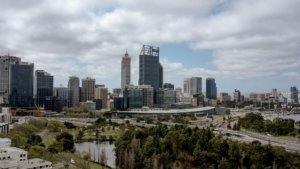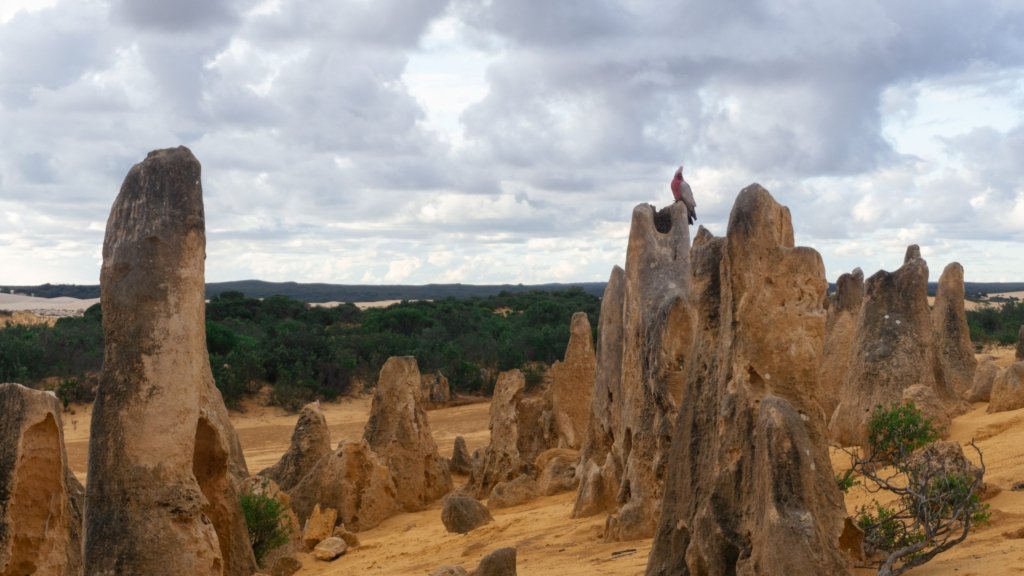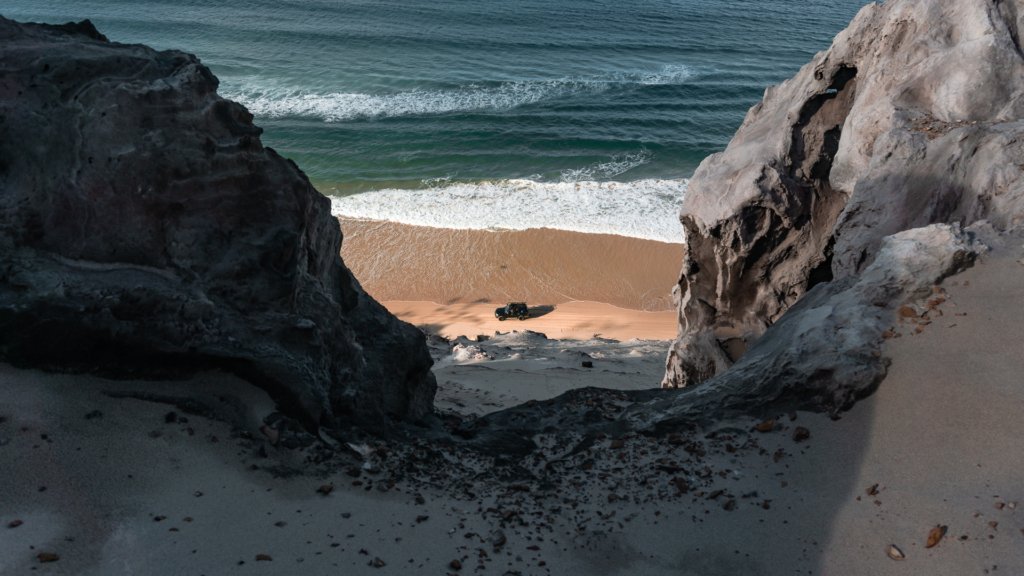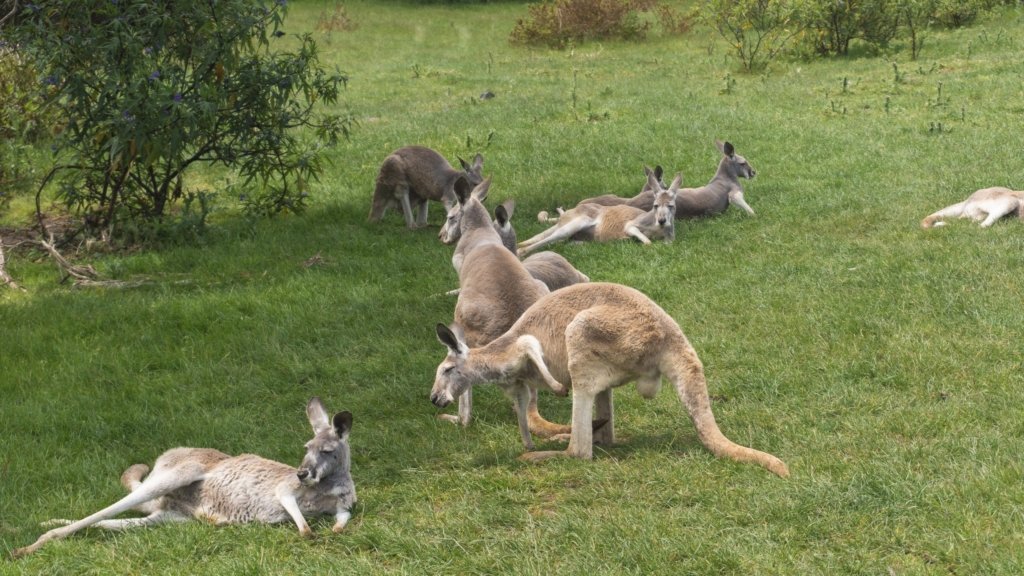Australia – the land of endless open spaces, beautiful beaches and unique wildlife. Every year it attracts millions of travellers from around the world. But there are a few things to consider before travelling Down Under. This Australia travel guide provides essential information about location, climate, currency, culture, language and more to help you plan your trip and make it a memorable one.
Location and geography
Australia is located in the southern hemisphere. Bordered by the Indian and Pacific Oceans, it is the sixth largest country in the world. It consists of six states and two territories: New South Wales, Victoria, Queensland, South Australia, Western Australia, Tasmania and the Northern Territory and Australian Capital Territory.
The Australian outback is known for its red desert landscapes, while the coastal regions are characterised by tropical rainforests, endless beaches and coral reefs.
Climate and weather
Australia’s climate varies greatly from region to region. The south of the country, with Melbourne and Sydney, has moderate temperatures with hot summers and mild winters. The northern regions, such as Brisbane and Cairns, have a tropical climate with hot, humid summers and mild, dry winters. The outback and desert regions of Australia are known for their extreme temperatures, which can be very hot during the day and cool dramatically at night.
The Australian summer lasts from December to February and the winter from June to August. Coastal regions enjoy warm summers, while inland areas can experience intense heat waves. Travellers should consider the time of year as summer can be too hot in southern Australia and too humid in northern Australia.
Language: English with a difference
The official language in Australia is English, but there are a variety of dialects and expressions that make it unique. Australian English is known for its relaxed, informal manner and many colloquial expressions that can be difficult to understand. However, familiarise yourself with some of the most common phrases such as ‘G’day mate’ or ‘No worries’ and you will soon feel at home.
As well as English, Australia has a large number of Aboriginal languages spoken in different parts of the country, particularly in the more remote areas. However, these languages are not widely spoken and English is the predominant means of communication.
Currency and payment
The currency in Australia is the Australian dollar (AUD), which is divided into 100 cent denominations. You can easily withdraw money from ATMs using international credit cards such as Visa or MasterCard. Many shops and restaurants also accept contactless payments via mobile payment systems such as Apple Pay and Google Pay. It is advisable to take a credit card with you as card payments are preferred in many places, especially in the cities.
Bureaux de change and banks offer the best rates for exchanging foreign currency, but there are also many places to withdraw or exchange money in the larger cities. However, it is advisable to carry some cash for small purchases or tips.
Culture and lifestyle
Australia is a multicultural country that has evolved from a mixture of Aboriginal traditions and British colonial history. The culture is characterised by a respectful approach to nature and a deep connection with the traditional Aboriginal people, the country’s original inhabitants. Aboriginal rock art and cultural sites can be found throughout the country.
Modern Australia is known for its laid-back lifestyle. Activities such as barbecues (BBQ) and sports, especially rugby and cricket, play an important role in the everyday lives of Australians. Australia’s film, arts and music scenes are also internationally renowned, with artists such as Nicole Kidman, Hugh Jackman and the band AC/DC.
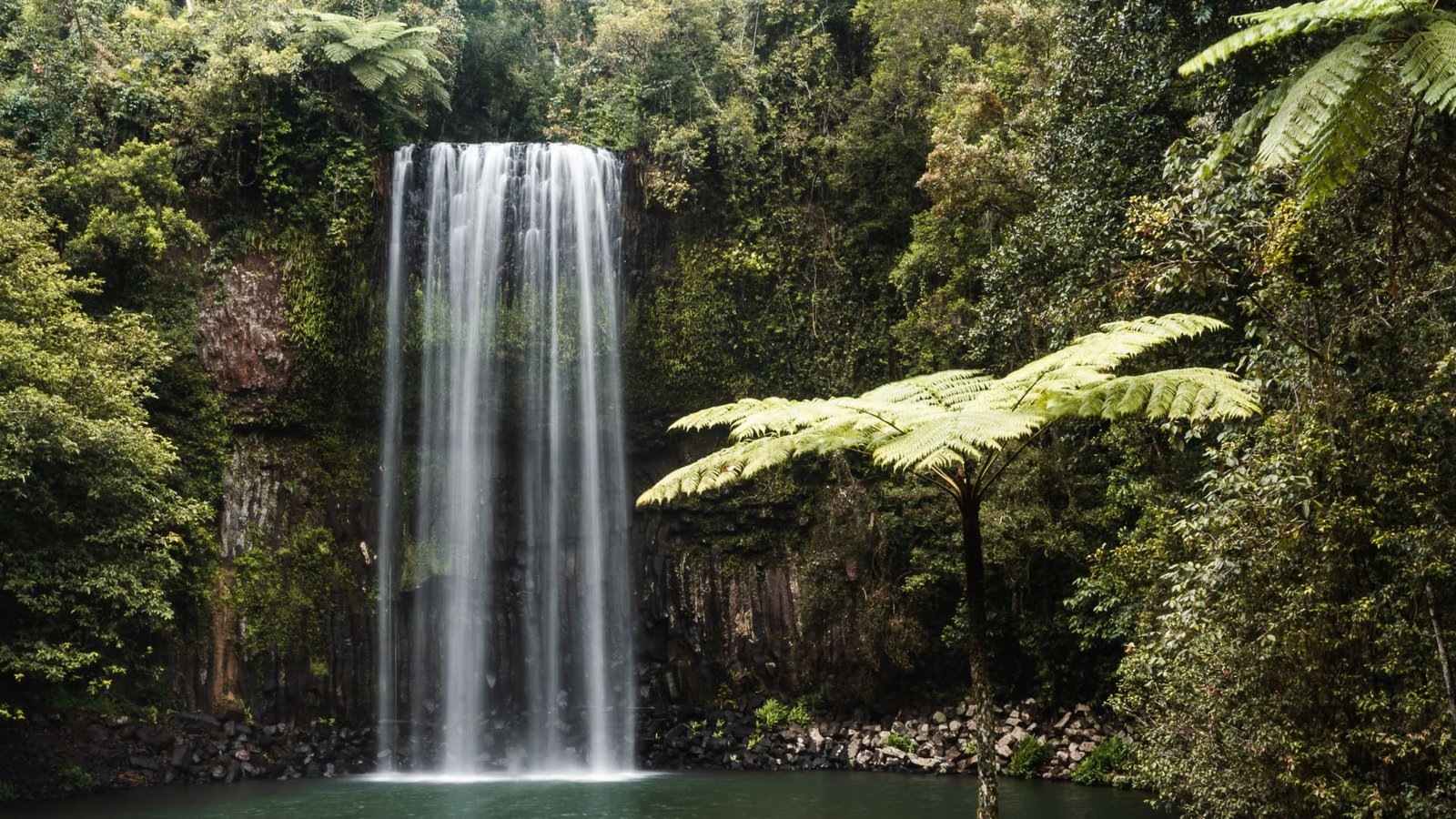
Interesting cities and regions
Sydney
Australia’s largest city, Sydney, is famous for its opera house and Harbour Bridge. Other highlights include Bondi Beach and Taronga Zoo.
Great Barrier Reef
The world’s largest coral reef is a paradise for divers and snorkellers. It stretches 2,300 kilometres along the Queensland coast.
Ningaloo Reef
Ningaloo Reef in Western Australia is a lesser known coral reef, but just as spectacular as the Great Barrier Reef. It is an ideal place for snorkelling and diving, and you can swim with whale sharks that come to the area in season.
Uluru (Ayers Rock)
The imposing sandstone monolith in the outback is a sacred Aboriginal site and an unforgettable sight at sunrise or sunset.
Melbourne
Australia’s cultural capital, Melbourne, is known for its arts scene, coffee culture and vibrant music scene. Nearby is the Great Ocean Road, one of the world’s most beautiful coastal drives.
Tasmania
The island of Tasmania offers unspoilt wilderness, crystal clear lakes and stunning national parks such as Cradle Mountain-Lake St Clair National Park.
Rottnest Island
Just a short ferry ride from Perth, Rottnest Island is famous for its peaceful quokkas, small marsupials that are the island’s landmark. The island has a stunning coastline of white sandy beaches and crystal clear waters, ideal for swimming and snorkelling.
Wildlife
Australia’s wildlife is one of the most unique in the world, with an impressive variety of endemic species found nowhere else. The best-known animals, such as the kangaroo, koala and emu, are widespread in Australia and help define the country’s image. But beyond these iconic animals, there are many lesser-known species such as the wombat, Tasmanian devil and platypus that have found their place in Australian nature. The waters around Australia are also important for wildlife, with unique sea creatures such as the sea lion, dugong, whales and a variety of colourful fish and corals that populate the Great Barrier Reef. If you want to experience Australia’s wildlife in all its diversity, you should not only visit the well-known sights, but also explore remote, less touristy areas to feel a real connection with nature.
Getting around
Australia is a huge country, so domestic flights are a popular way to travel long distances quickly. Hiring a car is a good option for shorter distances, especially if you want the freedom to explore more remote areas.
Public transport is well developed in major cities such as Sydney and Melbourne. Intercity buses and trains are also an option, especially the legendary Ghan Train through the outback.
Visa and entry
A valid visa is required to enter Australia. Tourists can apply for the electronic eVisitor visa (subclass 651), which allows a stay of up to three months. You will also need a valid passport. Entry requirements are subject to change at any time.
Health and Safety Advice
Australia is a safe country to travel in, but there are a few things you should be aware of. The sun is very strong, so sun protection is essential. Be aware of shark and jellyfish warnings when swimming, especially in tropical waters.
In the outback, take plenty of water and food with you and keep your vehicle in good condition. Mobile phone reception can be limited in remote areas, so a satellite phone or GPS may be useful.
Australia is a land of contrasts and diversity, with something for every traveller. Whether you want to learn about Aboriginal culture, discover the Great Barrier Reef or explore the vastness of the outback, Australia will inspire you with its beauty and hospitality. Make sure you are well prepared by familiarising yourself with the regional and climatic conditions in advance to make your trip unforgettable.

